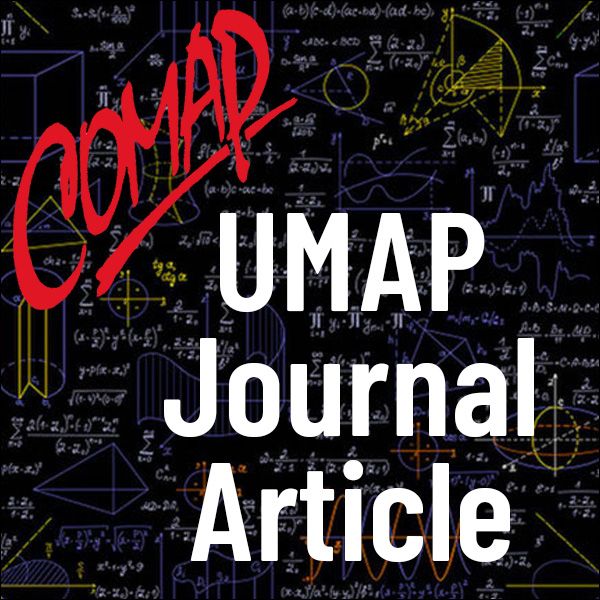Error Correction and Compact Discs (UMAP)
Author: Dietmar Dorninger, Hans Kaiser
In 1878, Thomas Alva Edison obtained the patent for the phonograph, a device to record sound (audio information). The recording of the audio information was achieved in a purely mechanical way, and a wax cylinder was used as storing device. The reports of poor quality of the reproduction of sound are very plausible. By using new storage material and new recording procedures relying on electromagnetic methods, improvements were achieved step by step. In spite of these improvements, the products could not satisfy all the needs of the consumer. In 1982-approximately 100 years after the invention of the phonograph-the compact disc was introduced. Up to this time, all methods for recording audio information used the technique of analog recording. The new system-for the first time-recorded the signals in digital form. Thus a perfect reproduction of sound was feasible. In the digital recordings of audio information, an enormous mass of data has to be stored within a small space, which could be achieved only by new developments in laser technique and electronics. This highly compressed storage of data made it necessary to include a system that detects and corrects errors in storing and reading the information. This system consists of sophisticated mathematical methods of algebraic coding theory. Only a few people know how their CD player really works, but who would not like to know more about it? We give a survey of the technical and mathematical foundations employed in CD and CD-ROM players, together with an outlook on further, more recent developments.
Table of Contents:
PREFACE
INTRODUCTION
ENCODING OF PICTURE AND SOUND
ELEMENTS OF ALGEBRAIC CODING THEORY
COMPACT DISCS
REED-SOLOMON CODES
TECHNICAL ASPECTS OF CD-ROMS
ACKNOWLEDGMENT
REFERENCES
ABOUT THE AUTHORS

Mathematics Topics:
Application Areas:
You must have a Full Membership to download this resource.
If you're already a member, login here.